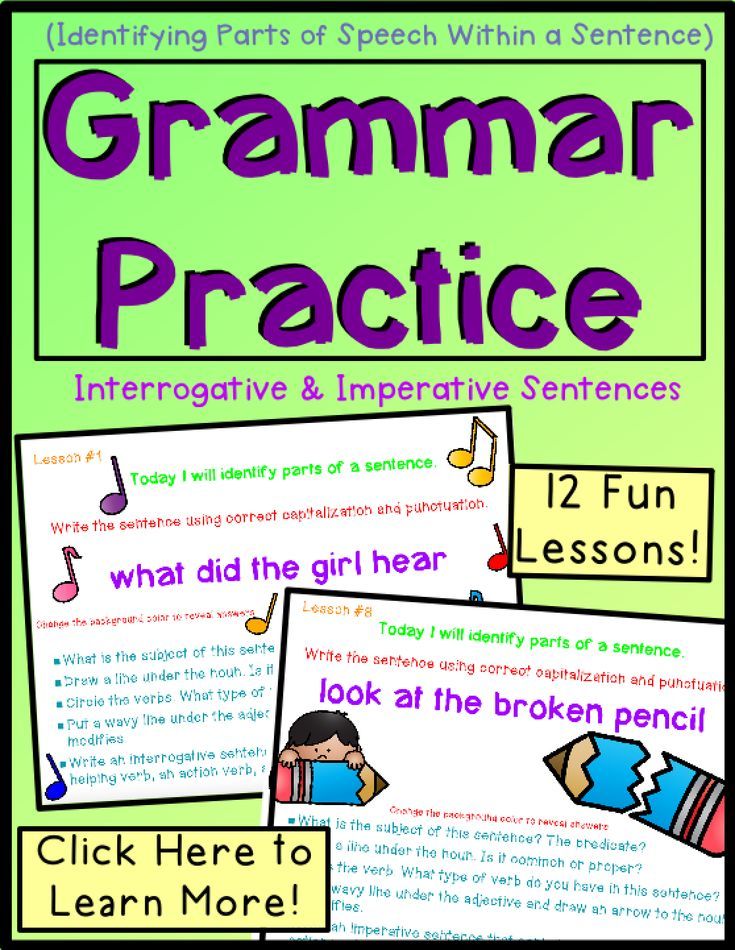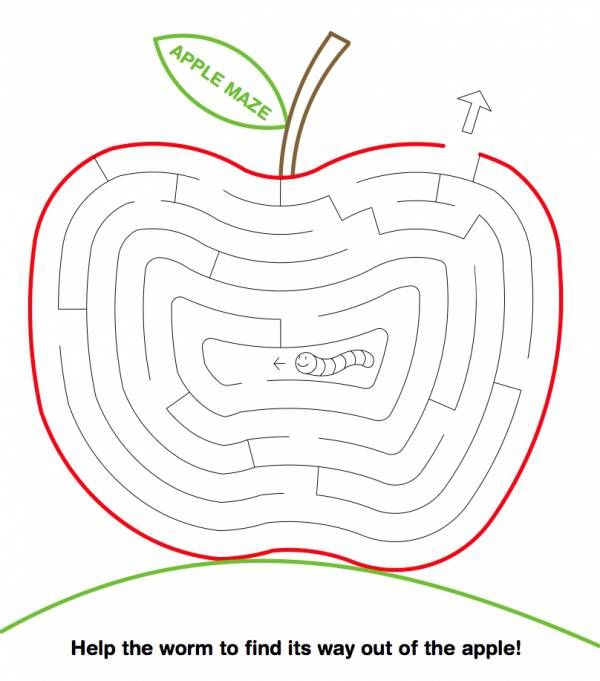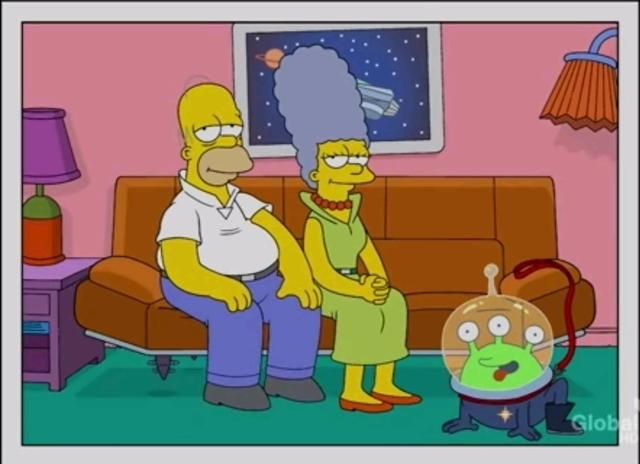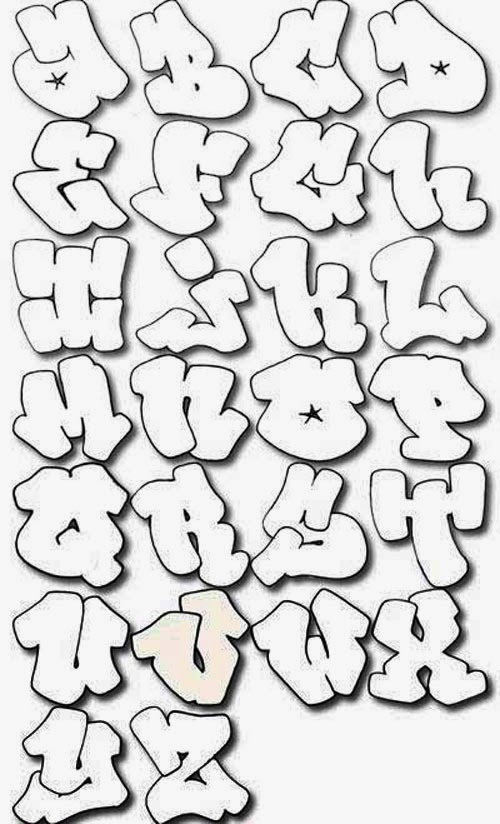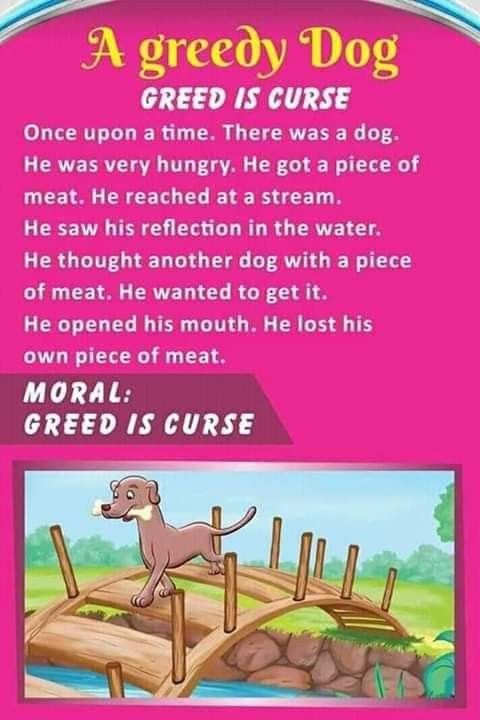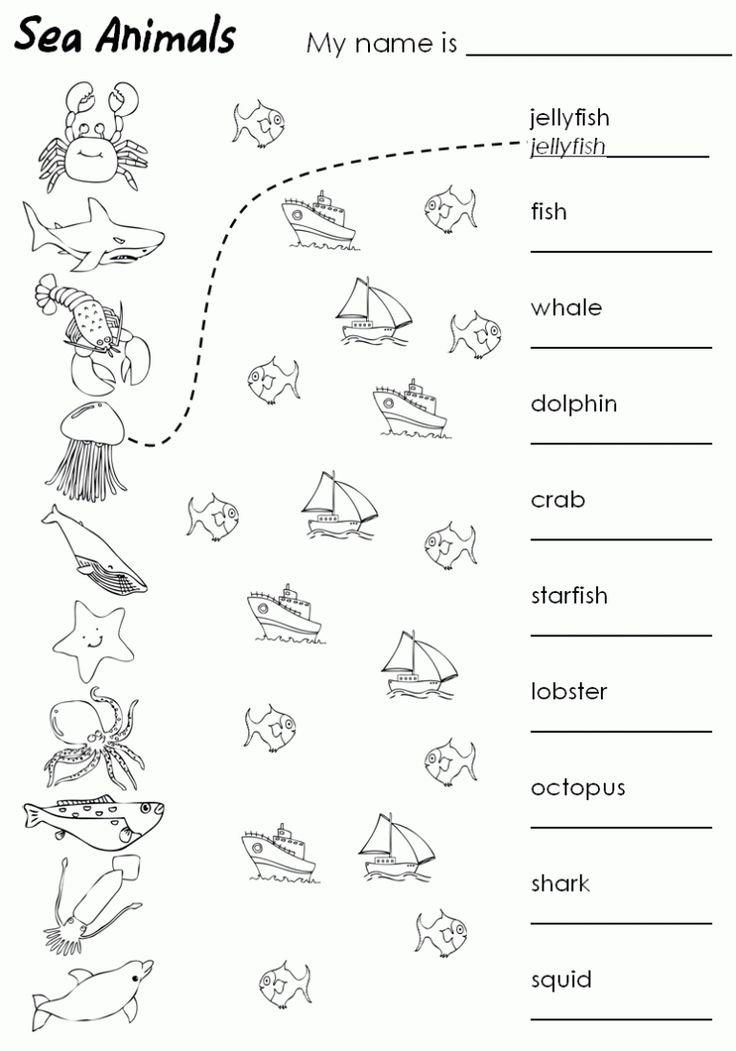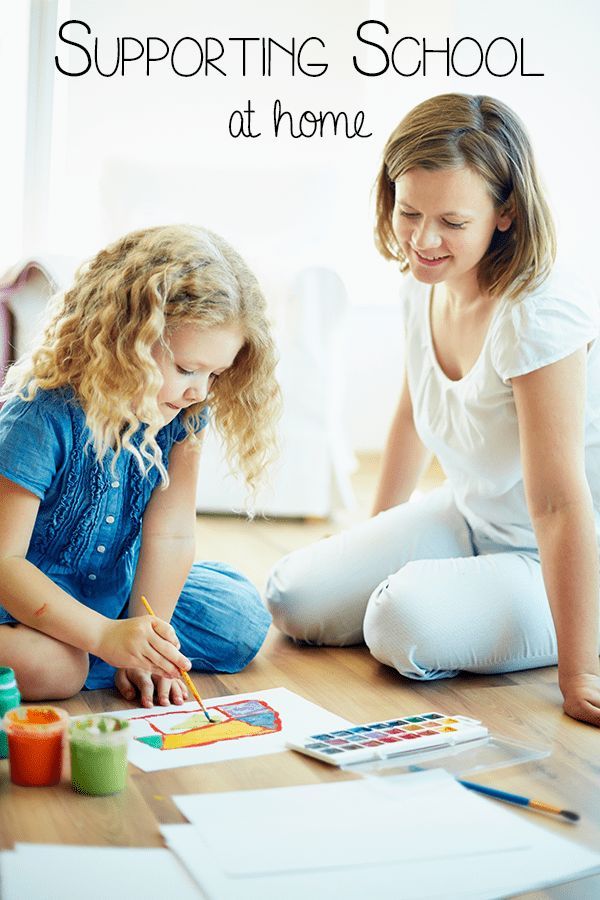Parts of a sentence kindergarten
Basic Parts of Speech for Sentence Structure- Kindergarten & Grade 1 - Part 1
Table of Contents
Learning the 4 basic parts of speech is the first step towards reading for meaning. A basic sentence, a phrase, or a clause consists of an article, noun, adjective, and a verb. In this post, we will talk about how to introduce nouns, adjectives, and verbs separately. Depending on the child’s reading level, you can choose to use phonetic words or non-phonetic words. I will be using phonetic words as examples.
Montessori Parts of speech activities are color-coded. This makes it easy for the child to learn each of its position. Nouns are black, articles are gray, adverbs are blue verbs are red.
Parts of Speech 1 – Nouns
A noun is a name of a person, place, or thing. This is the first parts of speech you are going to introduce to your children. The best way to introduce any new concept is to start with the environment you are in. To see and touch the object make it a concrete experience for the children.
In a classroom setting, you can ask the children to look around and name the things they see. If you are homeschooling, you can ask to name things around the house. Here is an example of a conversation you can have with your children to teach the role of nouns.
Teacher: Ann, could you bring me an eraser, please.
Teacher: Mark, could you bring me a ruler, please
Teacher: Pam, could you bring me a _______
Now the child can ask what the teacher wants. You can make this an example to show the children the importance of things having a “name” to refer to. If the things, places, or people did not have names, it would be difficult for us to communicate.
This is the introduction to the concept of nouns. This is an ideal circle time activity. Once you have introduced the concept, you can introduce some interactive activities to further practice nouns.
Nouns Activity 1 – Labeling the Classroom
In Montessori, Noun cards are black. I use 3″x3″ cards with a black border.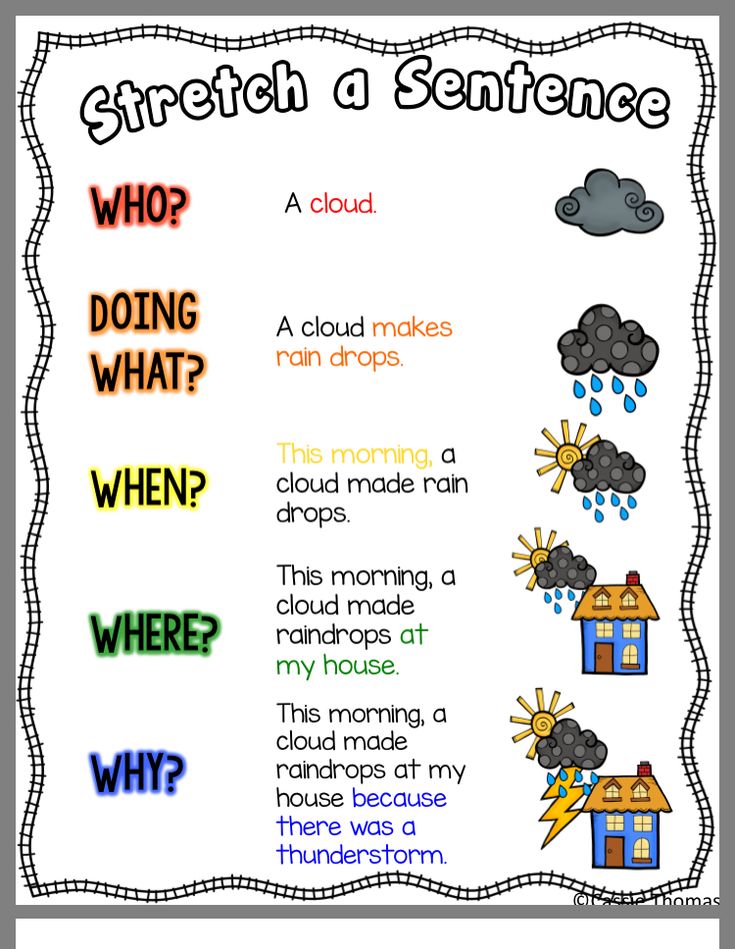 Depending on your children’s level of reading, you can choose either phonetic classroom noun cards or non-phonetic noun cards.
Depending on your children’s level of reading, you can choose either phonetic classroom noun cards or non-phonetic noun cards.
Keep a stack of noun cards on the shelf/literacy center with a mat. Show the child how to read the card, find the item from the class, and place it next to the card on the mat. If it is an object the child can’t reach (clock) or if it is too big, you can ask the children to place the noun card next to/beneath it.
Nouns Activity 2 – Labeling Farm animals
You need a box of miniature farm animals or some picture cards for this activity. If you are using picture cards, make sure to keep all the cards same size. This way, when you piece them together to make a sentence, it will be easy. The child’s work is to read and label the farm animals.
Phonetic & Non-phonetc Noun Examples
| Phonetic Nouns Classroom Items | Non-phonetic Nouns Classroom Items | Phonetic Nouns Farm Animals | Non-phonetic Nouns Farm Animals |
| clock | chair | pig | horse |
| rug | table | hen | chick |
| blocks | pencil | ox | cow |
| desk | eraser | duck | sheep |
| box | globe | rabbit | goat |
Parts of Speech 2 – Adjectives
Adjectives describe nouns.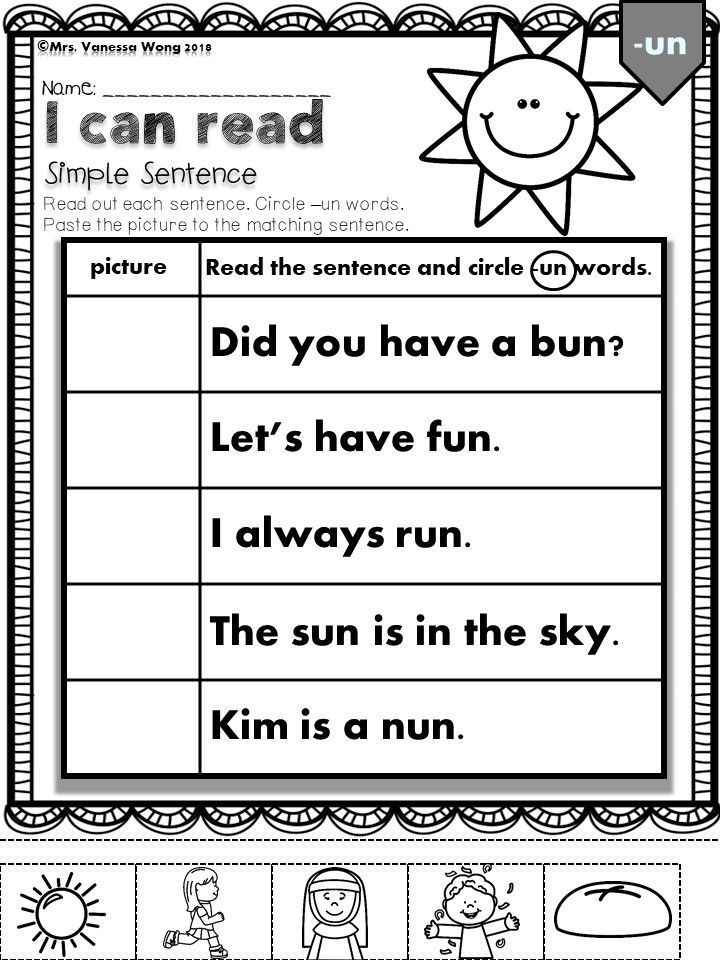 This is the 2nd parts of speech you should introduce to your children. You can use the same technique as nouns to introduce the concept of adjectives. As I mentioned before, we always start with the classroom/home environment. Here is an example of how you can deliver your lesson.
This is the 2nd parts of speech you should introduce to your children. You can use the same technique as nouns to introduce the concept of adjectives. As I mentioned before, we always start with the classroom/home environment. Here is an example of how you can deliver your lesson.
Teacher: Ann, could you bring me an eraser, please. (Ann brings a red eraser)
Teacher: No Ann, I don’t want a red eraser. I want a blue eraser please. ( Ann brings a blue eraser)
Teacher: Sorry Ann I don’t want a big blue eraser. I want a small blue eraser.
This can go on until the children get the idea and you run out of objects ;).
Phonetic & Non-phonetc Adjectives Examples
| Phonetic Adjectives | Non-phonetic Adjectives |
| big | small |
| red | blue |
| black | happy |
| sad | brave |
| mad | silly |
Parts of Speech 3 – Verbs
Verbs are action words.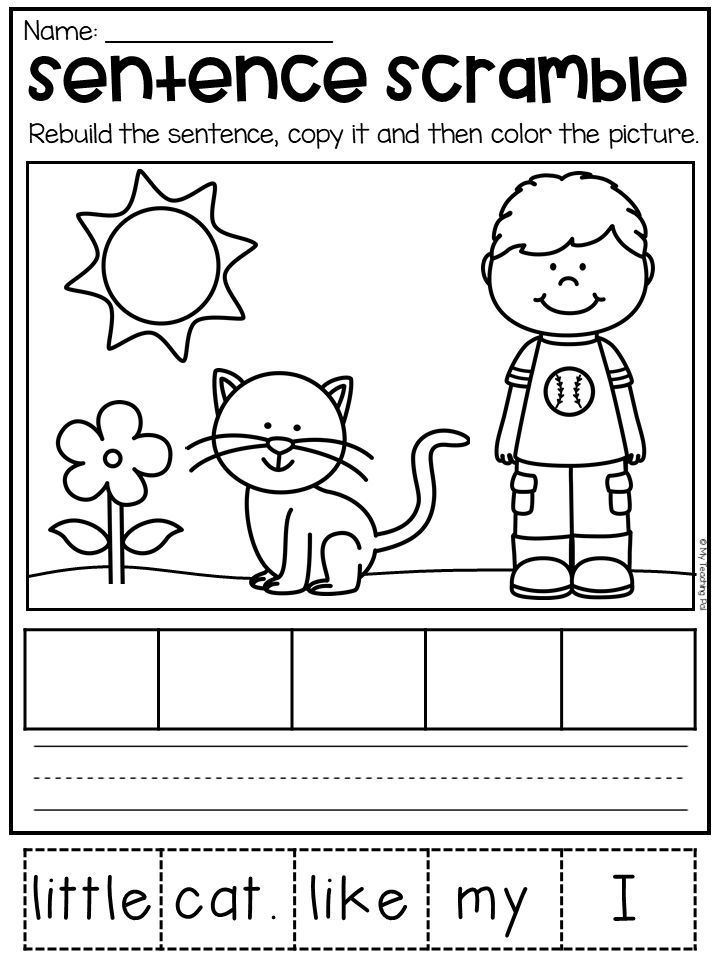 Montessori verb cards are red. Introducing verbs can be so much fun for the children. As always, start with the classroom/home environment. Depending on the child’s reading level you can choose to have phonetic or non-phonetic words.
Montessori verb cards are red. Introducing verbs can be so much fun for the children. As always, start with the classroom/home environment. Depending on the child’s reading level you can choose to have phonetic or non-phonetic words.
During circle time pick a child who is ready to “do some actions”. Ask the child to read and do what it says. You can add a special red mat to this activity where the children are allowed to step on without taking the shoes off.
Now that the children have been introduced to nouns, adjectives, and verbs, it is time to introduce them to the farm box. This is where the magic happens. The Montessori Farm box is a simple and fun way to learn and internalize the correct positions of the parts of speech.
Back to School-8 Tips for a Smooth First Week of school
The Easiest way Teach Digraphs, Diphthongs, and Consonant Blends
Spread the love
Parts of a Sentence: Lesson for Kids - Video & Lesson Transcript
English Courses / English Language Arts for Kids Course / Grammar for Elementary School Chapter
Instructor: Shelley VesselsShow bio
Shelley has taught at the middle school level for 10 years and has a master's degree in teaching English.
Sentences are made up of different parts and must have both a subject and predicate to be complete. Discover the meaning and uses of subjects, verbs, and predicates, as well as what differentiates a complete sentence from a sentence fragment. Updated: 12/20/2021
Sentence Fragments
Imagine receiving a story you had written back, and it's covered in your teacher's red correcting pen. 'Fragment!' it reads in numerous spots. Has this ever happened to you? Wait, what exactly is a fragment?
A sentence needs to have both a subject and a predicate for it to be complete. If it doesn't, your sentence is missing some of its meaning and might not make sense. In that case, you have written a fragment.
A fragment is an incomplete sentence that is missing either a subject or a predicate.
The image shows a sentence that has been broken down into its grammatical parts.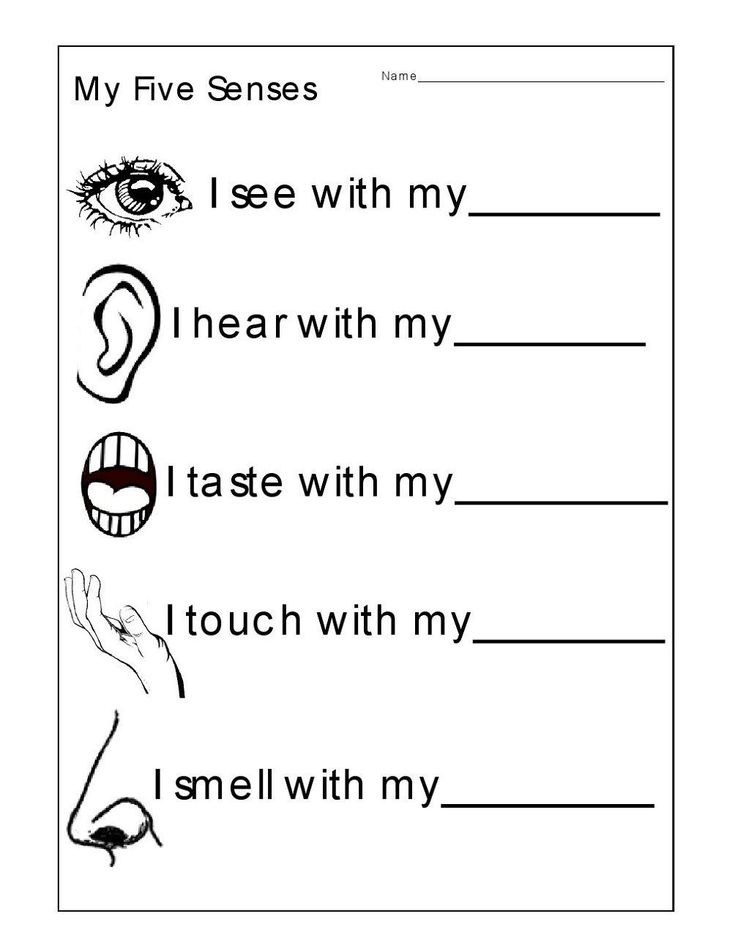 Notice that the simple subject is 'cat' while the simple predicate is 'sat.'
Notice that the simple subject is 'cat' while the simple predicate is 'sat.'
An error occurred trying to load this video.
Try refreshing the page, or contact customer support.
Are you a student or a teacher?
Join Now
Over 84,000 lessons in math, English, science, history, and more, all in one place!
Over 30,000
Video Lessons
Practice
Questions
Join Now
Over 30,000 video lessons & teaching resources, all in one place!
Over 84,000
Lessons
Quizzes and
Worksheets
Classroom
Integration
Lesson Plans
Coming up next: Compound Sentences: Lesson for Kids
Take Quiz Watch Next Lesson
Replay
Just checking in. Are you still watching?
Yes! Keep playing.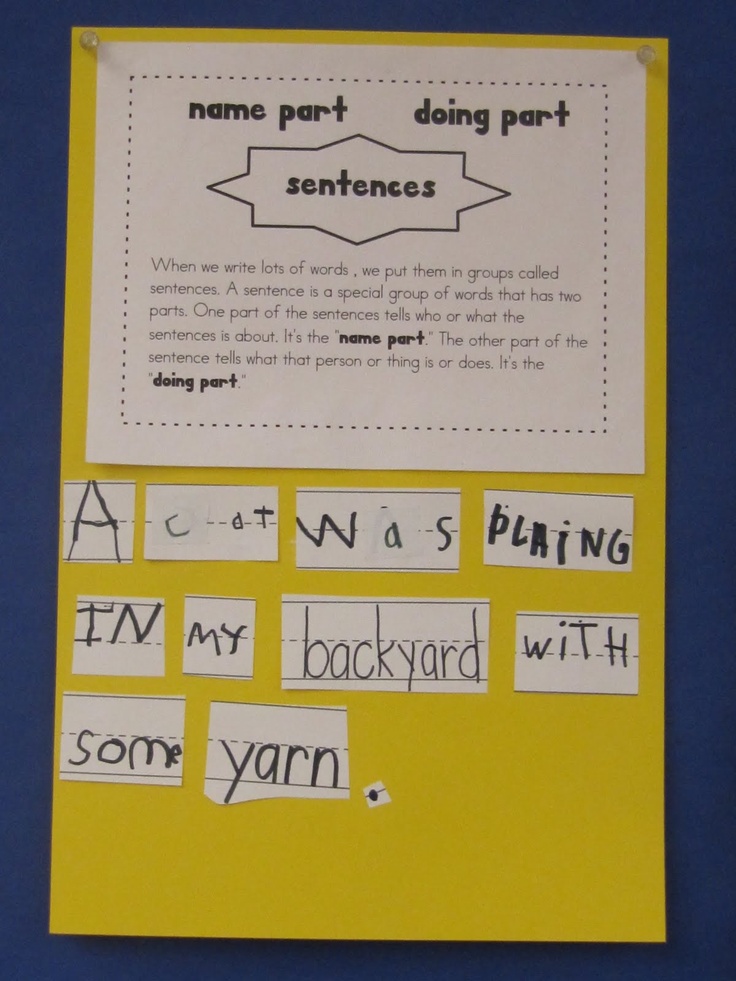
Your next lesson will play in 10 seconds
- 0:04 Sentence Fragments
- 0:47 What Is a Subject?
- 1:20 The Hidden Subject
- 2:04 What Is a Simple Predicate?
- 2:38 Lesson Summary
Save Save Save
Timeline
Autoplay
Autoplay
Speed
Speed
What Is a Subject?
The subject of the sentence is who or what the sentence is about.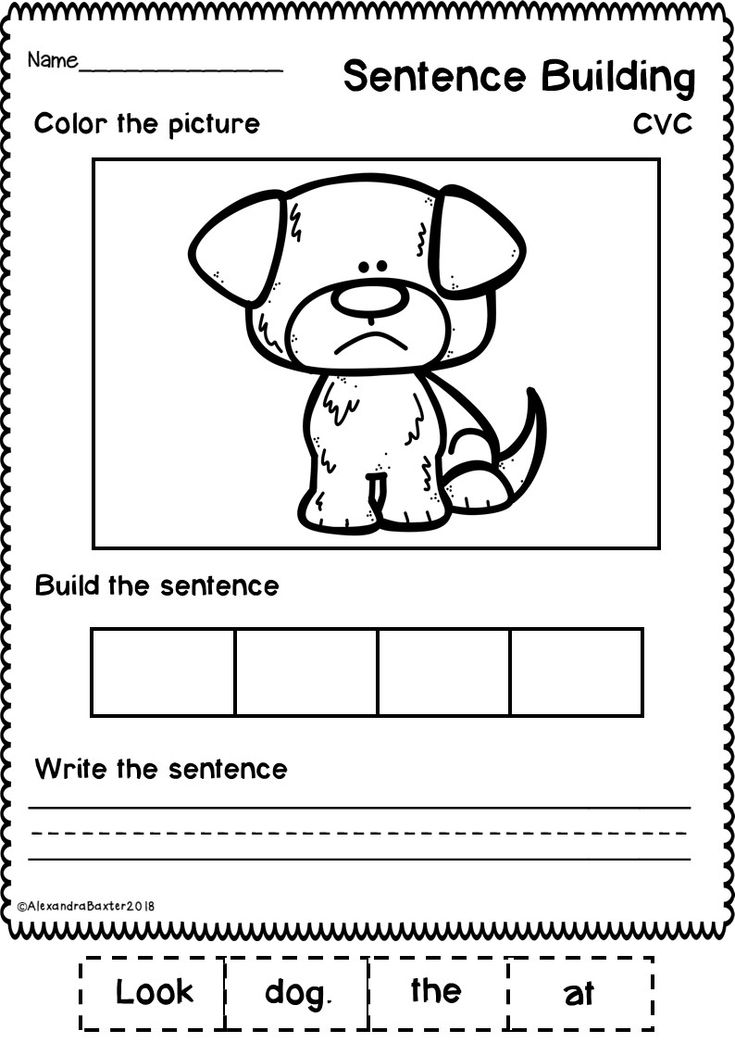
Here are a few examples:
- The puppy trotted proudly up the street.
Ask yourself, who or what is the sentence about? The 'puppy' is the one trotting up the street, so the subject of the sentence is 'puppy'.
- The children played kickball during recess.
Now, who or what is this sentence about? The 'children' are the ones playing kickball, so the subject of the sentence is 'children.'
If you aren't sure about the subject, just look for the person or object that is doing something in the sentence.
The Hidden Subject
The subject of a sentence is usually pretty clear, but sometimes you have to do a little searching.
- Be sure to lock the doors when you leave the house.
Figuring out the subject here is tricky because it's an imperative sentence; a command. In this case, the subject of the sentence is the person the speaker is talking to and isn't a word in the sentence. It's an implied 'you,' as in '(You) Be sure to lock the doors when you leave the house'.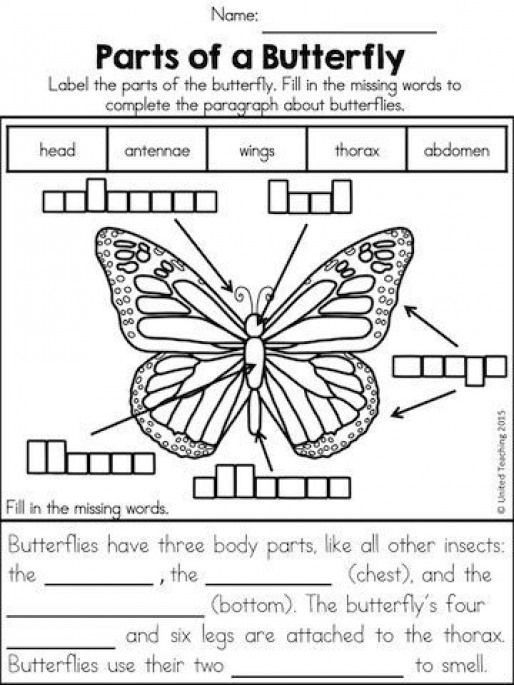
- Did you sleep in a tent on your camping trip?
What do you do when you have a question to deal with? You flip the question into a statement, and then the subject of the sentence becomes clearer.
Our question changes to:
- You did sleep in a tent on your camping trip.
When you see it as a statement, it becomes clear that the subject of the sentence is 'you.'
What Is a Simple Predicate?
The simple predicate is what the subject does in the sentence. The simple predicate is the verb or verb phrase in the sentence.
Let's check out a few examples:
- The baby hit her crib mobile.
Ask yourself what the baby is doing in the sentence. The baby is 'hitting' the mobile, so the simple predicate of the sentence is 'hit.'
- Airplanes soar high above the clouds.
Again, ask yourself what the subject, or 'airplanes,' is doing in the sentence. They're 'soaring high above the clouds', so the simple predicate is 'soar.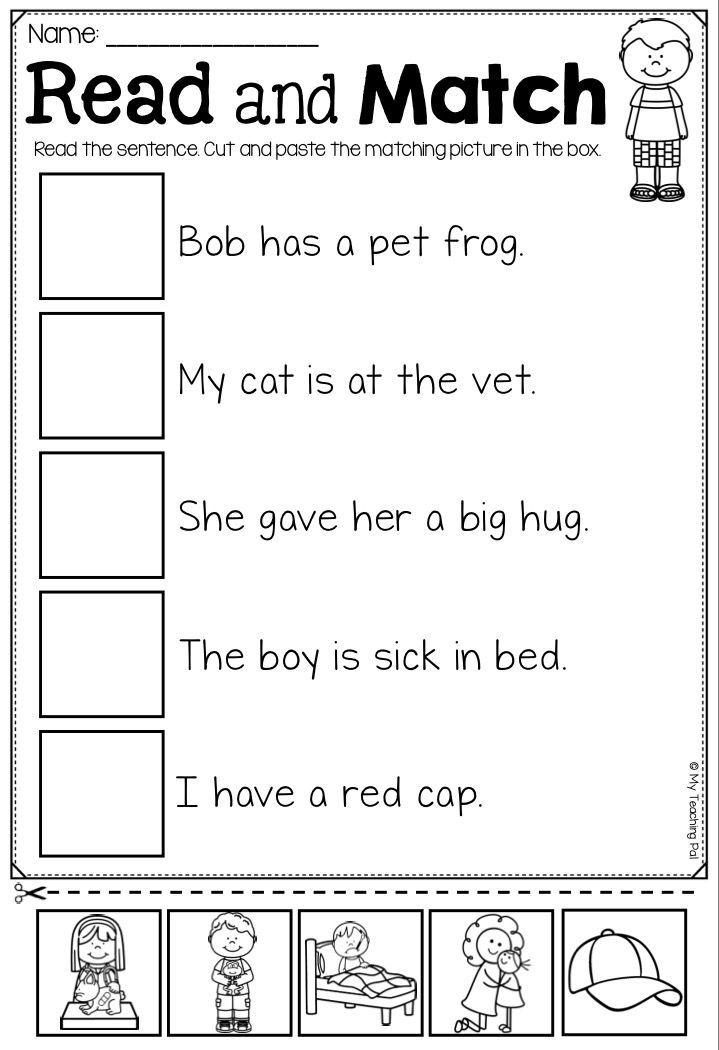 '
'
Lesson Summary
Okay, let's take a minute to review what we've learned about the different parts of a sentence. In order to have a complete sentence, a sentence needs to be written with both a subject and a predicate. A subject is who or what the sentence is about, and the simple predicate, or verb, is what the subject is or what the subject does in the sentence. It should now be really easy for you to identify the different parts of a sentence the next time you're reading a book!
To unlock this lesson you must be a Study.com Member.
Create your account
Register to view this lesson
Are you a student or a teacher?
Unlock Your Education
See for yourself why 30 million people use Study.com
Become a Study.com member and start learning now.
Become a Member
Already a member? Log In
Back
Resources created by teachers for teachers
Over 30,000 video lessons & teaching resources‐all in one place.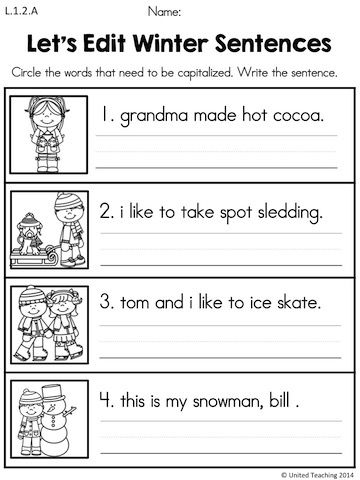
Video lessons
Quizzes & Worksheets
Classroom Integration
Lesson Plans
I would definitely recommend Study.com to my colleagues. It’s like a teacher waved a magic wand and did the work for me. I feel like it’s a lifeline.
Jennifer B.
Teacher
Try it now
Back
Main page
Main page
Hello, dear guests of our site!
"Kindergarten No.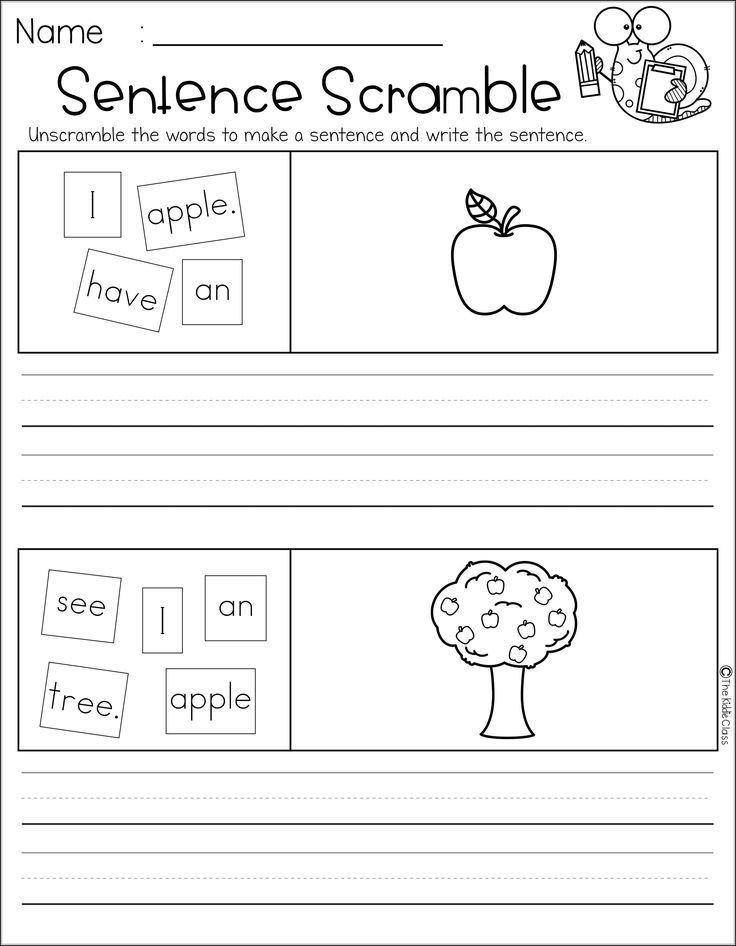 68" is glad to welcome you on its pages.
68" is glad to welcome you on its pages.
We are on social networks
0005
To make an appointment with the head or accounting department of the kindergarten, you can use the section of the site "Appointment" or by phone. (4852) 51-37-89 (head, senior educator), (4852) 55-05-34 (accounting, nurse).
You can apply electronically for enrollment in a kindergarten or for reimbursement of expenses for looking after and caring for children in kindergarten by using the section "Public services in electronic form"
It is now necessary to apply to the Pension Fund for the disposal of maternity capital funds to pay for kindergarten in electronic form.
At present, admission of children to kindergarten is carried out strictly from 7.00 to 8.00. Morning filter (inspection and temperature measurement) is mandatory. Parents' attendance at the pre-school educational institution is limited.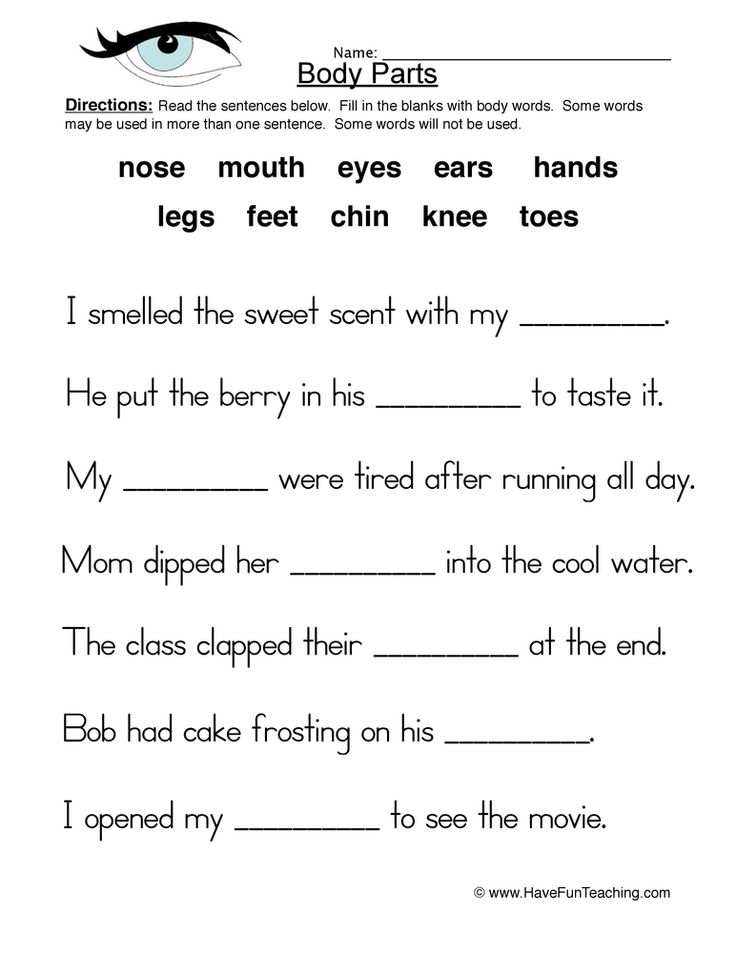 If necessary, you can go to kindergarten in compliance with security measures - the presence of shoe covers, masks and gloves.
If necessary, you can go to kindergarten in compliance with security measures - the presence of shoe covers, masks and gloves.
Based on the Decree of the Chief State Sanitary Doctor of the Russian Federation dated June 30, 2020 N 16 "On approval of the sanitary and epidemiological rules SP 3.1 / 2.4.3598-20 "Sanitary and epidemiological requirements for the device, content and organization of work of educational organizations and other social infrastructure facilities for children and youth in the context of the spread of a new coronavirus infection (COVID-19), Resolution of the Chief State Sanitary Doctor of the Russian Federation of December 2, 2020 N 39On amending the Resolution of the Chief State Sanitary Doctor of the Russian Federation dated June 30, 2020 N 16 "On approval of the sanitary and epidemiological rules SP 3.1/2.4.3598-20 "Sanitary and epidemiological requirements for the arrangement, content and organization of the work of educational organizations and other infrastructure for children and young people in the context of the spread of a new coronavirus infection (COVID-19)" The mode of operation of the institution will differ from the traditional one, and is associated with certain restrictions in order to prevent the spread of infection and to ensure the safety and health of our pupils and employees as much as possible .
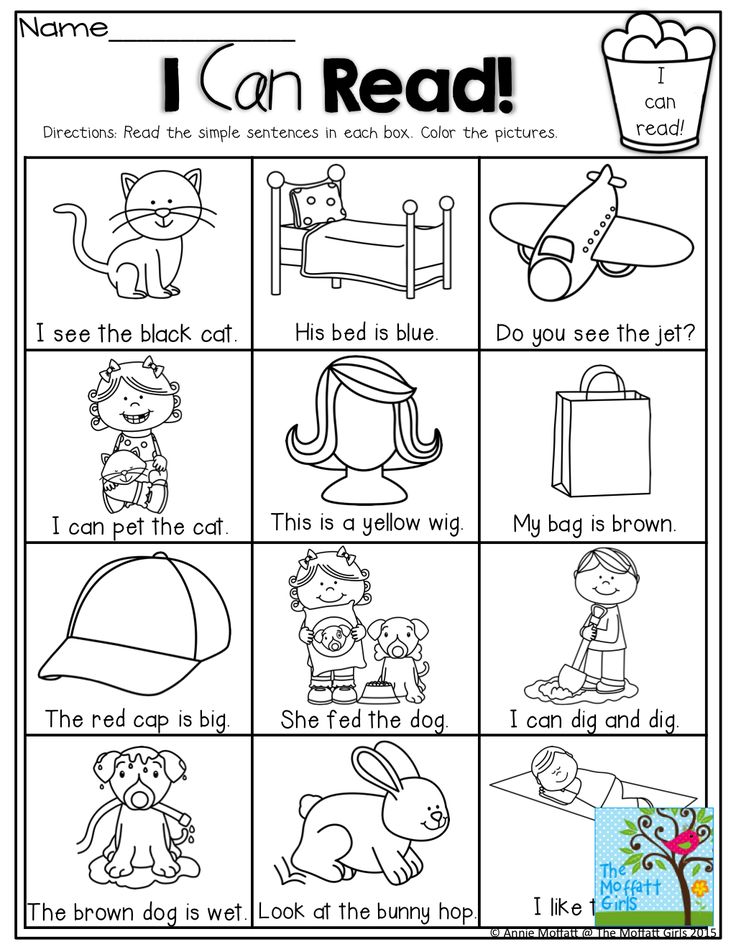
Attention!
From 03/25/2020 reception by the head is carried out only by appointment, which can be done electronically through the public services portal. The link to make an appointment is on the main page of our institution's website. Entrance to the institution only in shoe covers. Thank you for your understanding!
Employees of the educational institution and visitors are required to wear masks and use PPE!
Measures held at the Kindergarten No. 68 MDOU with a threat of the distribution of COVID-19
Power Organization in our kindergarten is occupied by LLC Social Power Combat LLC address 150003, G 10, Yaroslavl, Lenina avenue, tel.0007 E-mail: [email protected] Manual: General Director Ivchenko Sergey Valerievich 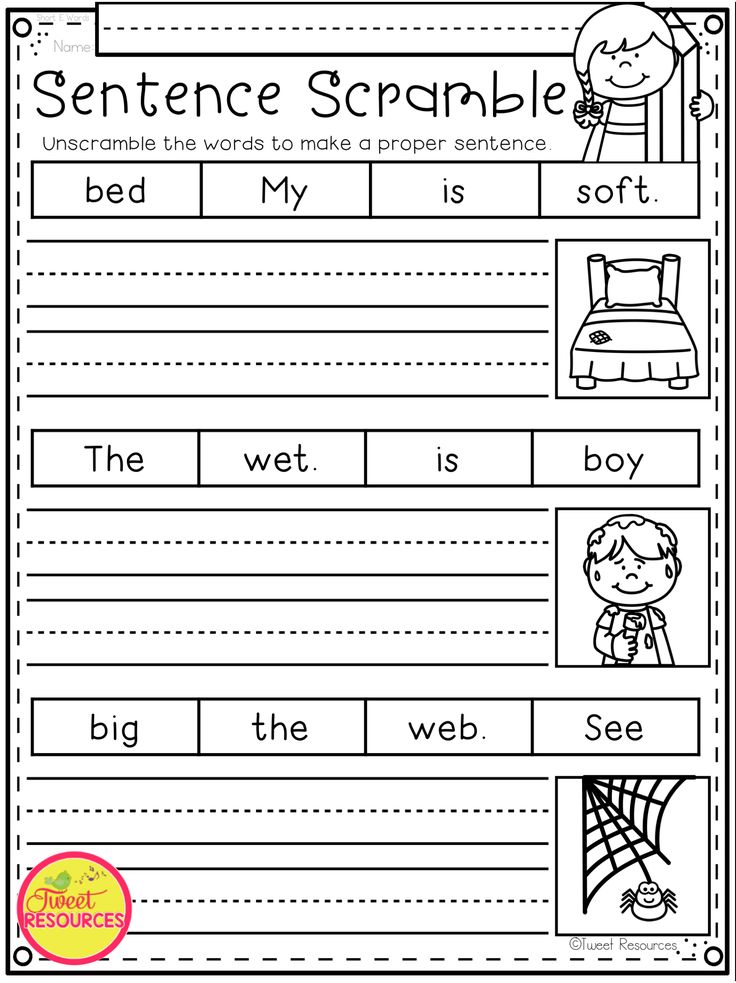 Study period 5 years. Form of education – full-time. The level of education is preschool. Paid educational services are provided. Address: Yaroslavl, st. Panina, 27 A Phone/Fax: 51-37-89 (Head, Senior Educator) Phone: 55-05-34 (Accounting, Medical Account)
Study period 5 years. Form of education – full-time. The level of education is preschool. Paid educational services are provided. Address: Yaroslavl, st. Panina, 27 A Phone/Fax: 51-37-89 (Head, Senior Educator) Phone: 55-05-34 (Accounting, Medical Account)
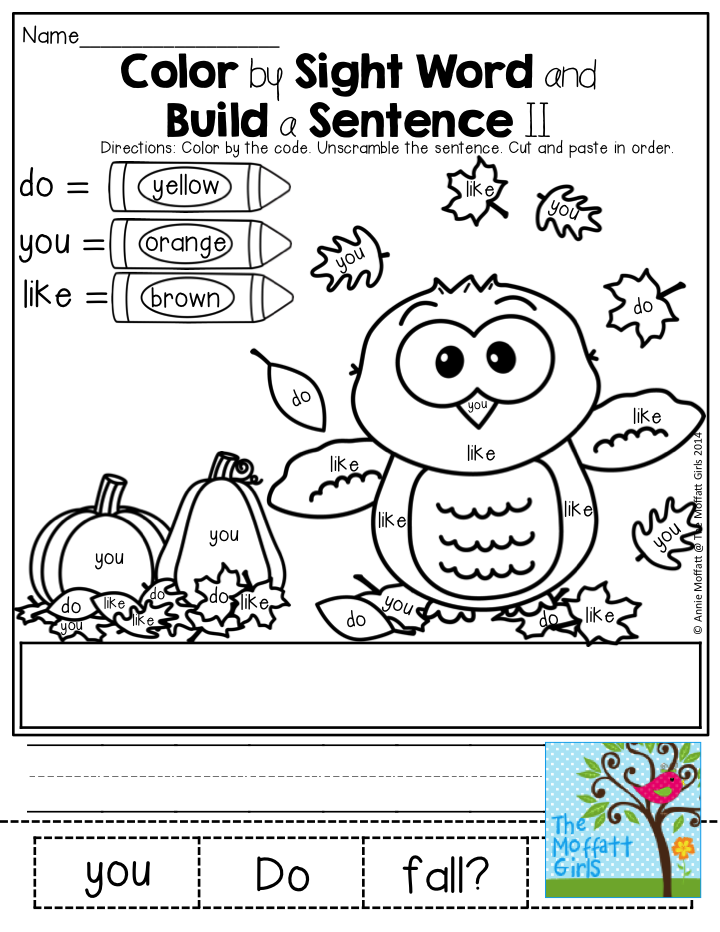 68" participates in a project to collect plastic caps and Tetra Pak packaging for recycling, as well as recycle used batteries Content (Program from 2 months to 3 years)
68" participates in a project to collect plastic caps and Tetra Pak packaging for recycling, as well as recycle used batteries Content (Program from 2 months to 3 years) COMPLEX OB R AZOV A T RAZ E PROGRAM 0218 and the upbringing of children of infant and early age
(from 2 months to 3 years)
Target section
Explanatory note
Age characteristics of children infant and early age .
Adaptation to the conditions of life and upbringing in a preschool educational organization
Planned results of the development of infants and young children0005
Meetive section
Social and communicative development
Cognitive development
In infancy
Early age
Speech development
Baby age
Infancy
Early life
Physical development
Infantry age
Early age
Sensory development of children
infant and early age
Organizational section
9000 with disabilities in infancy and early childhood The development of speech and communication skills in children with disabilities The content of the work on the development of movements in children with disabilities References Applications Read full program. Complex about r Azov A T E Flax I program Glossary of the main concepts and terms used in the Program Target Section Explanatory note Principles and approaches to the development of the Program Goals and objectives of the Program Age characteristics of preschool children Characteristics of primary preschool age (3–4 years) Characteristics of middle preschool age (4–5 years) 9002 9002 Characteristics of senior preschool age (5–7(8) years) Planned results of mastering of the Basic educational program Preschool Education “Kindergarten 2100” The substantive section The possibility of developing preschool children in various types of activities (the relationship of children's activities with the tasks of child development in each of the educational areas and the contribution of each type of activity in child development) Game activity Cognitive research activity 9Ol000
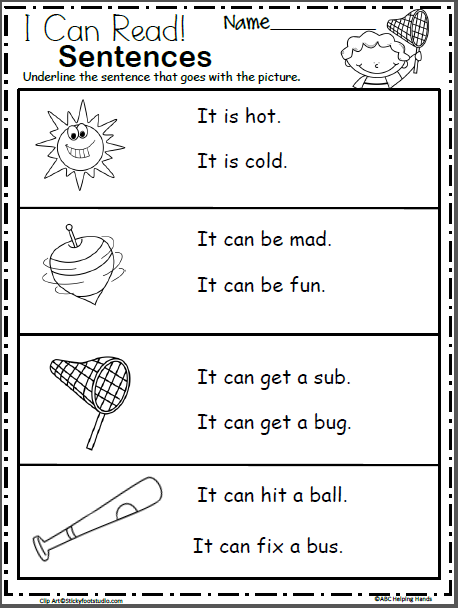 ..
.. Content (program from 3 to 7-8 years old)
development and education of preschool children (from 3 to 7 to 7 to 7 to 7 to 7 to 7 to 7 to 7 to 7 to 7 to 7 to 7 to 7 to 7 to 7 to 7 to 7 to 7 to 7 to 7 to 7 to 7 to 7 to 7 to 7 to 7 to 7 to 7 to 7 to 7 to 7 to 7 to 7 to 7 to 7 to 7 to 7 to 7 to 7 to 7 to 7 to 7 to 7 to 7 to 7 to 7 to 7 to 7 (8) YEARS)
General principles and approaches to the organization of remedial work
in a preschool educational organization
Special conditions for the education and upbringing of children with disabilities
health opportunities
Correctional and developmental activities for different categories of children
with disabilities in a preschool educational organization implementing the CEP
"Kindergarten"
"Kindergarten" Content, forms and methods of correctional work
with children of preschool age with general underdevelopment of speech
Organizational section
Psychological and pedagogical conditions for the implementation of the Program .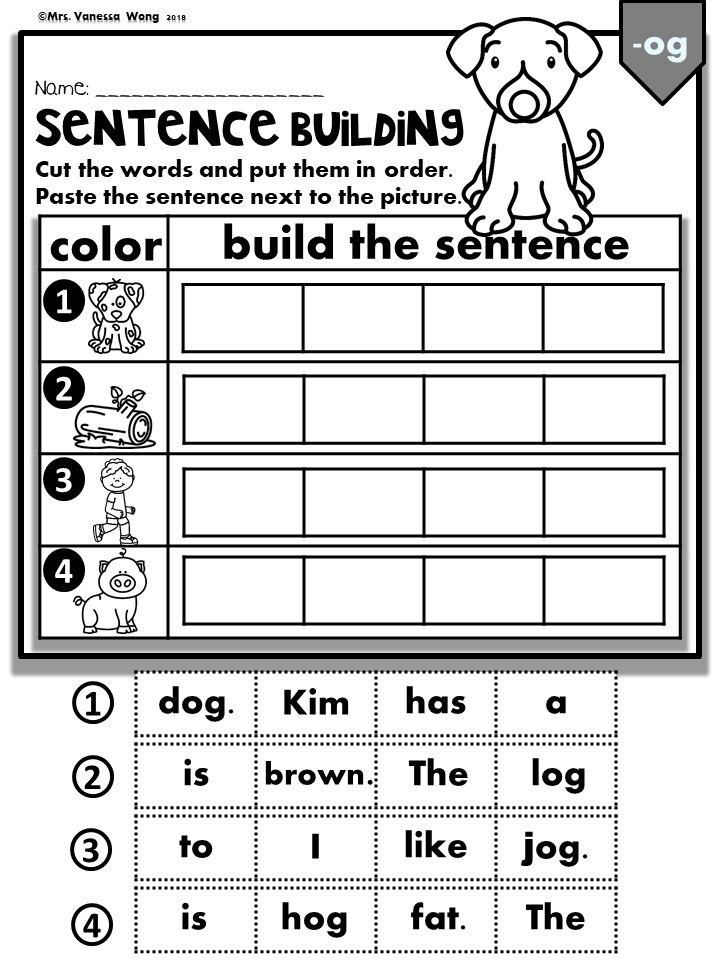
General approaches
Methods and directions for children's initiative
Organizational and pedagogical conditions for the implementation of the program
Models of the educational process
Approaches to the design of the educational process and the regime of the day
The relationship of children's activities,
development areas (educational areas regions) and forms of work
Personnel conditions of thematerial and technical conditions
Description of the developing subject-spatial environment (RPPS)
General approaches to the design of RPPS
Approximate list of equipment and objects
List of literary works recommended for the use of
during the implementation of the program
Interaction with families of pupils
Forms of interaction with families of pupils
Calendar of holidays
Financial support for the program
List of manuals and methodological recommendations required
To implement the program
Correction work
(Psychological and pedagogical accompaniment of the child
with disabilities)
List of normative legal acts and methodological documents
References
Read the entire program.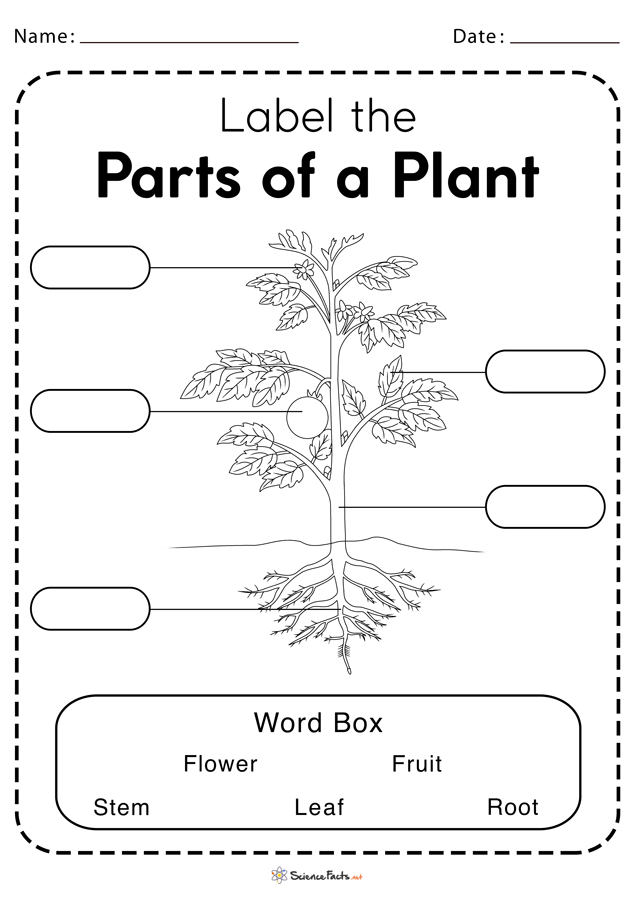 ..
..
Introduction
The publication presents two comprehensive educational programs : for infants and young children (from 2 months to 3 years old) and for preschool children (from 3 to 7 (8) years old), which together make up the Basic educational program "Kindergarten 2100" . Each of the Programs is educational and methodological documentation, upon adaptation of which preschool educational organizations of the Russian Federation can independently develop, approve and implement the main educational program of preschool education (hereinafter referred to as the BEP), taking into account the Exemplary Basic Educational Program.
The programs were developed in accordance with Federal Law No. 273-FZ of December 29, 2012 “On Education in the Russian Federation” and the Federal State Educational Standard for Preschool Education. The main provisions and target orientation of the Federal State Educational Standard have found their detailed embodiment in the educational program "Kindergarten 2100", focused on the age stages of development of infants, toddlers and preschool children.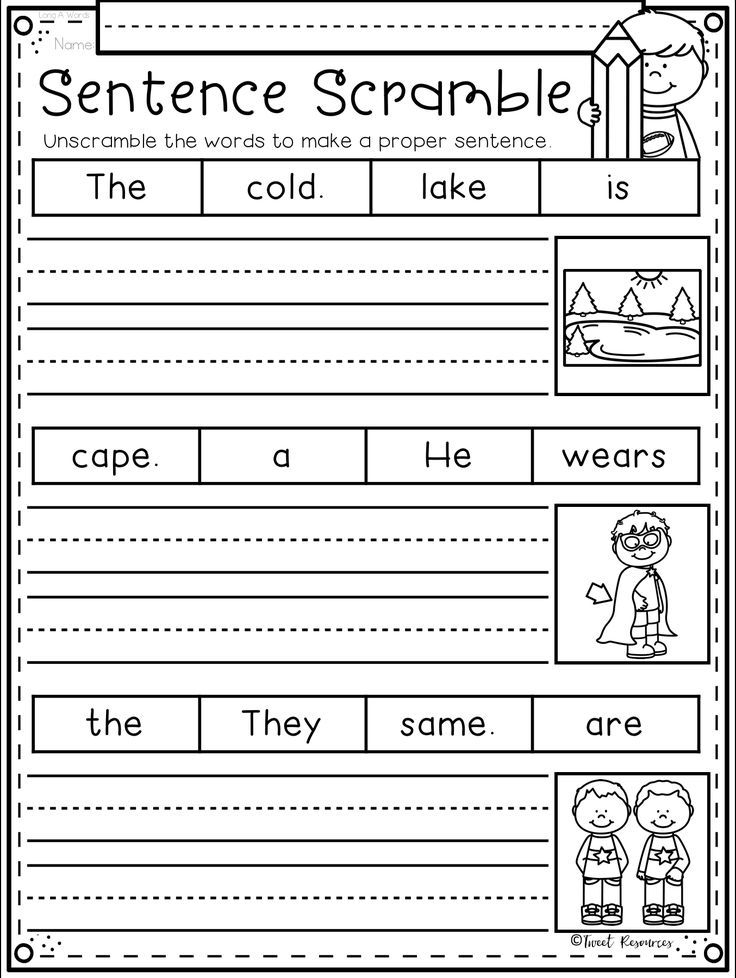
As one of the main values of modern education, the Standard declares a developing personality-oriented approach. It is on this approach that the Educational system "School 2100" is based, part of which is the EMC "Kindergarten 2100". In accordance with the provisions of the Programs, the child is a subject of activity participating in his own development, therefore the Programs are aimed at creating conditions for organizing a community of children and adults in the kindergarten group.
Programs offer general principles and approaches for specific actions of a teacher in a group, determine the main goals, specific tasks, characterize ways to achieve the goals of development of a child of early and preschool age, as well as the results of such development. At the same time, the Programs are advisory in nature , which allows teachers to take into account the cognitive and emotional needs, interests of children, their motivations and opinions, different points of view.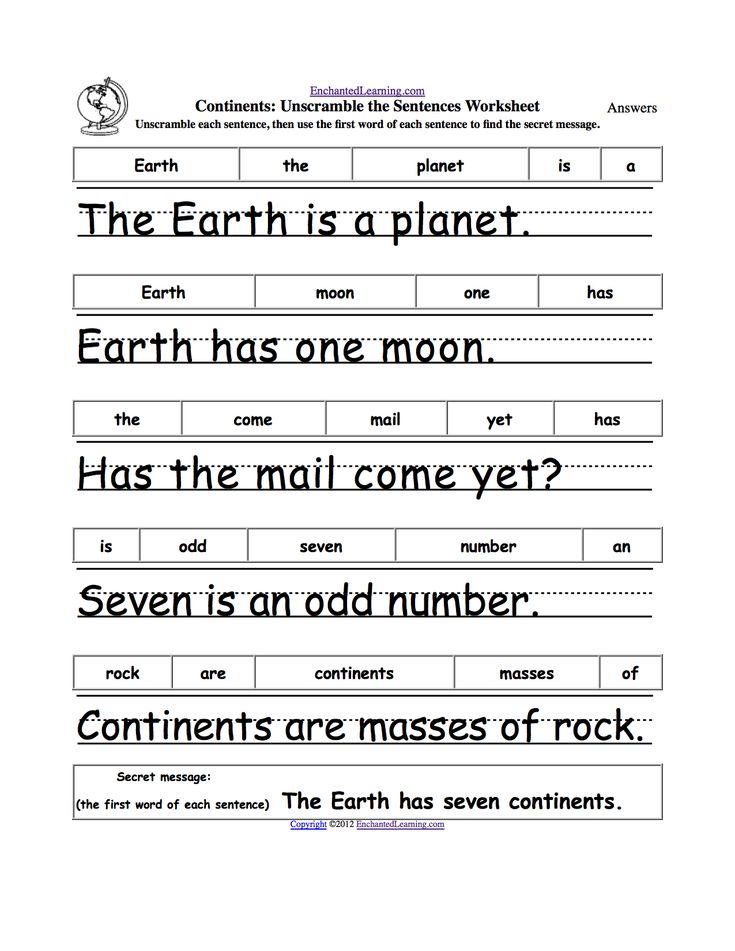
Programs ensure the development of intellectual, cognitive, physical, spiritual, moral, aesthetic and personal qualities of children of early and preschool age, their creative abilities, as well as the formation of the prerequisites for learning activities in older preschoolers.
Programs include a systematically presented set of development directions, types of children's activities and educational areas, the implementation of which ensures the creation of conditions for the development of children of infancy, early childhood and preschool age, opens up opportunities for the positive socialization of each child, his comprehensive personal development, development of initiative and creative abilities on the basis of interaction with adults and peers in activities appropriate to early and preschool age.
Programs offer approaches to the organization of the educational process both for children who develop normally and for children with special educational needs, including children with disabilities (HIA).